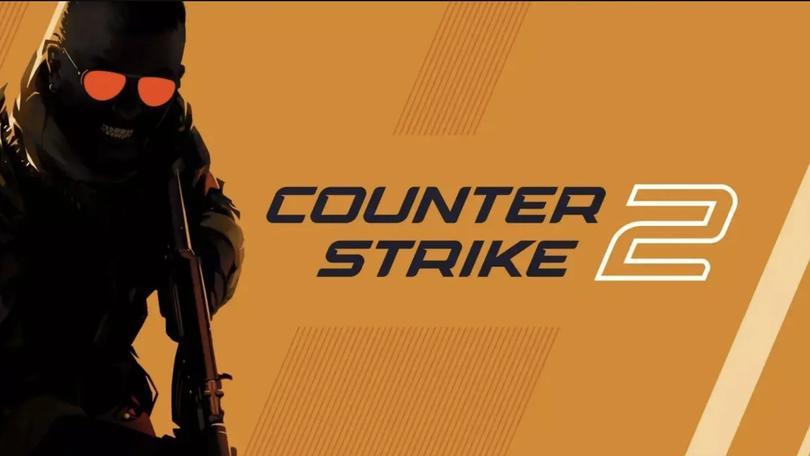
Trading is the rush behind the scenes where players buy, sell, and swap those flashy skins, knives, gloves, and all that swag. It’s more than just looking fresh in-game — it’s a legit scene where some people flex their collections, others try to make real cash, and a few just love hunting down those rare gems.
How CS2(CS:GO) Trading Got Huge
Back in the CS:GO days, skins were introduced as a surprise hit. People loved customizing their guns and showing off. Soon enough, some skins became collector’s items — rare knives, limited-edition gloves, or super low-float “Factory New” skins skyrocketed in value. Players started trading to get better gear, and the Steam Market popped off as a place to buy and sell CS2 (CS:GO) skins for real money safely.
But the market wasn’t always smooth. There were scams, bot farms, duping glitches, and shady third-party sites, so Valve started cracking down with rules and trade cooldowns. Yet, the trading culture stuck hard, with millions of dollars changing hands every day. Now with CS2, all that energy came back but with fresh tech and new skins.
The Main Spots to Trade CS2(CS:GO) Skins
Most players stick to the Steam Market because it’s official and secure. You can buy or sell skins there, but Valve takes a cut and the money you earn stays locked in your Steam Wallet, which means you can only spend it on Steam stuff, not cash out. For those looking to make real money, third-party sites come into play. These platforms often have better prices and let you convert skins to PayPal or crypto. But heads up, not every site is legit, so you gotta be smart and stick to ones with good reputations. Then there are direct trades — swapping skins straight with friends or other players on Steam. It’s quick and free but requires trust because scammers lurk, always ready to swipe a rare item if you’re not paying attention.
What Makes a Skin Worth Real Cash?
It’s a mix of things. Rarity is king — knives and gloves usually hold the top spots in value. Then there’s the float value, which is a fancy way of saying how worn or fresh a skin looks. Lower float means your skin looks crisp and fresh, and that can make a huge difference in price. Some skins have unique patterns that collectors drool over, and if your skin’s got StatTrak — which counts your kills — that’s extra hype. Plus, hype around esports events or new case drops can send prices soaring or crashing, so timing matters.
But it’s not all smooth sailing. Valve can change the rules anytime — adding trade cooldowns, banning scammers, or even messing with the economy — and when they do, prices can tank. If a glitch duplicates skins or Valve cracks down on bots, the market gets flooded or loses trust, and people start dumping their skins fast. When the community loses faith, prices drop hard and the market gets shaky. Because of that, trading can be risky. Scammers are everywhere, trying to trick new players with fake offers or phishing links.
How to Trade CS2(CS:GO) Skins Safely?
Always inspect before you sell CS2 skins. Look at the float, the pattern, even the StatTrak. If you’re expecting a clean Factory New and you end up with a scratched-up field-tested mess, that’s on you if you didn’t look closely.
Also, big rule here — never trade outside of official systems. If someone hits you up like, “Yo, send me your skin and I’ll PayPal you the money after,” just block ‘em. That’s a scam city, bro. If the trade ain’t going through Steam or a legit marketplace with protection, walk away. The same goes for people trying to use a “middleman.” Most of the time, it’s just them with a second account pretending to be someone else. Don’t fall for it.
You gotta keep your Steam locked down tight. Use a strong password. Turn on Steam Guard. And for the love of skins, don’t click on any sketchy links people send you. “Yo, free knife giveaway” or “Check out my new trade” — Nah bro, that’s malware with your name on it. One bad click and your account's wiped.
Conclusion
One of the most important thing is to know when you step into trading is what your skins are worth. Don’t just take random offers without checking, be always strategic and aware. If you don’t know the value, someone else will — and they’ll gladly take advantage. Before you trade, look the item up on the Steam Market, or even better,use a CS2 (CS:GO) skin price checker or trusted trading communities. Some patterns or low floats can boost the price big-time, and if you don’t know that, you could be handing over a banger skin for chump change.